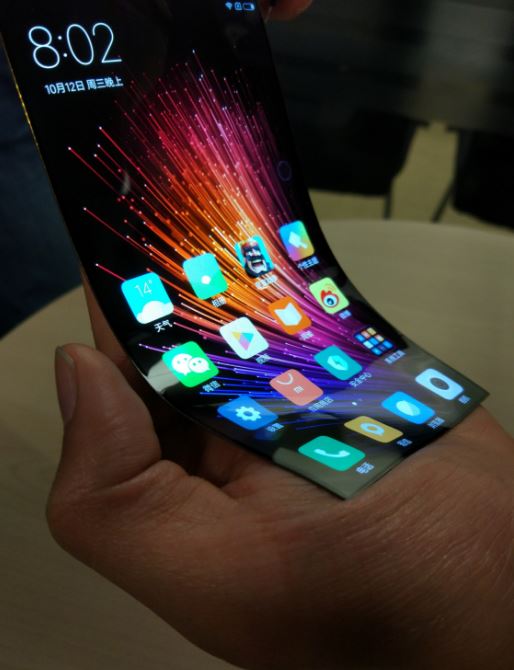Smartphones have undergone massive evolutions over the last 10 years. Screen tech has improved massively, from resolution to panel type. Phone cameras have improved to the point where they can replace point and shoot cameras. Processors are starting to overtake some ultrabooks in short-term benchmarks, such as Geekbench. The design of phones has evolved, with premium glass, aluminum bodies, and bezel-less displays becoming commonplace. Speaker sound quality is not just an afterthought, and can be genuinely impressive for the small size of the speakers. Biometrics have made their way into the smartphone world in the form of fingerprint scanners, iris scanners, and even full facial scanners. Dedicated machine learning chips have started to become commonplace, to improve assistants, picture quality, and more.
The challenge for manufacturers is starting to become: “What do we do next?” Some may argue that innovation in the smartphone space has slowed down in recent years, as there is not much to be improved on anymore. While there may have been a slight slowdown recently, there are still a number of areas that could see improvements in the next 5 to 10 years.
One such area is battery life. The best way it has been improved upon recently has been through more efficient processors and screen tech. Chinese manufacturers commonly add larger batteries than normal into their designs to add to battery life. In order to drastically improve battery life, however, there needs to be a breakthrough in battery tech. A battery innovation is long overdue, as the same types of batteries have been powering smartphones for years. An innovation in this space might allow smartphones to finally reach the two days of use mark without needing to be charged. It may also allow for batteries that degrade less quickly or charge much faster. Unfortunately, while there are often new battery designs that make headlines for their innovation, they never hit the production line. One of these new batteries will need to actually start being produced before we can get excited, but it is certainly possible a breakthrough will be made in the next few years.
Apple demonstrated a fairly simple improvement with their newest iPad Pro: 120Hz displays. This is double the refresh rate of the typical screen, which makes everything look ultra-smooth. As processors continue to improve, it does not make sense to increase screen resolution further; the next step will be to bring high refresh rates to phones. This will provide an enhanced experience in games and general usage, such as scrolling on a webpage. The display will appear far smoother than normal, and motion will be more readable. You can expect this to be only a couple years away from making its way into smartphones.
Foldable devices are starting to get very close to coming to the market. For quite a few years, companies have demoed bendable and flexible displays, but have never released a truly foldable device. There is a rumor that Samsung will be launching a foldable device as soon as 2018. This would mean that you could have a smaller device for everyday use that could be unfolded to a bigger device for when you want to watch a movie or play a game. It seems like a very futuristic concept, and it is. Expect that Samsung’s implementation next year (if it launches) will not be anywhere near perfect, and that the design will become much better over the course of a few years. Still, this flexibility and innovation will be welcome to the smartphone world.
With several current devices having only one port, 5G networks on the horizon, and the insistence that wireless is the future, expect that eventually, devices will launch without a single port. They will use (hopefully) improved wireless charging to charge and various wireless protocols that may or may not already exist to do everything else required. The removal of all ports would remove a large point of failure for devices that are intended to last for a few years. It would also be highly inconvenient unless the world was ready for a fully wireless device, so let us hope manufacturers use good judgment.
There are many other things we may see. Who will be the first to launch a phone with four rear cameras? Who will be the first to put a fingerprint scanner in the screen itself? Who will be the first to develop a premium material that allows wireless connectivity and is very strong? I’m sure there are things that I could not imagine that might find their way into smartphones in the next decade. Luckily, we will all get to watch the innovation happen.

Be First to Comment